A Visitor’s Guide to Georgia, USA
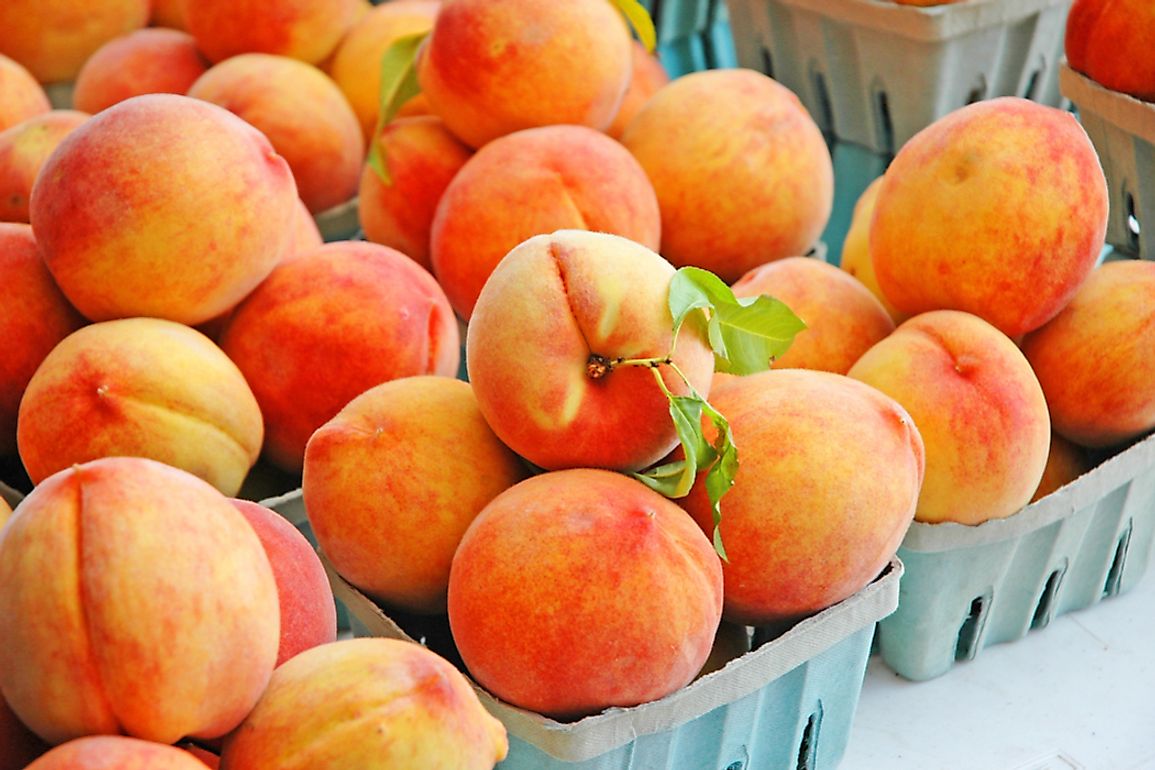
If television and movies are any guide, zombies or vampires may come to mind when you think of Georgia. The state has really put itself on the map recently with an influx of film crews shooting movies and television shows such as "The Walking Dead," “Anchorman 2,” “Hunger Games: Catching Fire” and “X-Men: First Class.”
However, Georgia has always been a hit with visitors and locals alike. With both mountains or beaches, the big city or quaint towns, nightlife & excitement or rural flavour & southern cuisine there is something from the Peach State to charm everyone.
4 major regions divide the "Southern Empire State," and travel is best planned to fully experience each region to their fullest. If you want to best experience the south, take your time, part of the charm is the pace at which life is led.
North Georgia
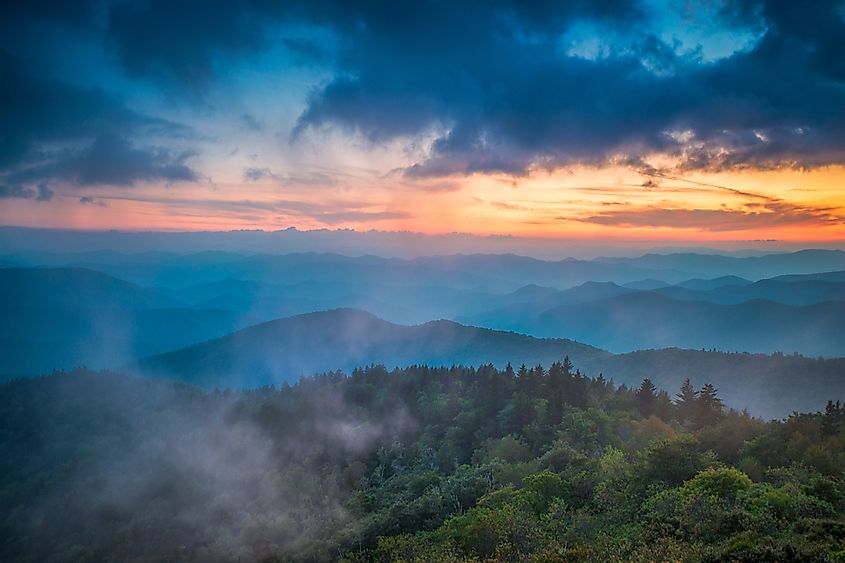
The state's north offers cooler temperatures and scenic views of the Blue Ridge Mountains. Near Blairsville and Vogel State Park, Brasstown Bald is the highest point in the state at 4,784 feet (1,458 m) above sea level, and on a clear day it is possible to see into four states (Georgia, Tennessee, North Carolina and South Carolina), as well as the Atlanta skyline.
Blue Ridge: It is easy to forget you are only 90 miles from Atlanta when you are experiencing the small-town atmosphere of Blue Ridge and its ample selection of cabin rentals and bed and breakfasts. Sample some local fudge and wander through the downtown antique shops, or plan a day trip on the Blue Ridge Scenic Railway, a four-hour excursion along the Toccoa River in vintage railway cars to Copper Hill, Tennessee and McCaysville, Georgia.
Fall is a great time for this trip due to the colorful foliage. Like pie? Check out the great selection at Mercier Farms and spend the afternoon picking apples or strawberries.
Dahlonega: Ask a Georgian about Dahlonega, they'll probably tell you about panning for gold on a middle school field trip. This quaint town offers more than a school outing, and in recent years has established itself as the heart of Georgia wine country, something adults can appreciate.
You can hit the downtown tasting rooms, or head straight to the source at one of the local wineries, including Three Sisters Vineyards, Frogtown Cellars, Montaluce Winery and Estates, and Cavender Creek Vineyards and Winery. Amicalola Falls State Park is a mere 30-minute drive away in Dawsonville.
Helen: Helen is known for downtown’s Bavarian facades and 45 years of Oktoberfest celebrations. The town primarily caters to tourists and offers easy access to Unicoi State Park and Anna Ruby Falls.
Tallulah Gorge State Park, the gorge boasting walls up to 1,000 feet high (300m) high, is 40 minutes away with whitewater rafting, biking and swimming.
Middle Georgia
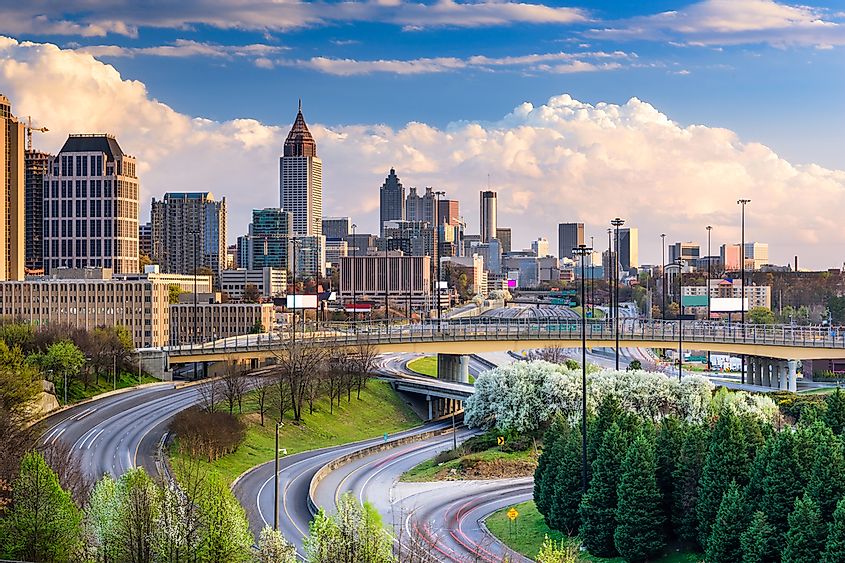
Here the mountainous terrain gives way to gently rolling hills and red clay soil, as well as the largest concentration of the population.
The Atlanta-Metro Area: While visiting Atlanta, you may hear the acronyms ITP and OTP. This refers to inside or outside the perimeter -- the Interstate 285 loop that circles the city. Many residents have pretty strong feelings about their preference for urban-style living inside or suburban-style outside.
The big draws in the city include the Georgia Aquarium, the World of Coca-Cola, Zoo Atlanta, the Margaret Mitchell House, Atlanta Botanical Gardens, Piedmont and Centennial Olympic Parks, Historic Oakland Cemetery, the High Museum of Art, a tour of the CNN Center, a show at the Fox Theatre, and the Martin Luther King, Jr. National Historic Site.
A stop at the “World’s Largest Drive-In Restaurant” – The Varsity – which opened in 1928, is considered a must, even if the reviews on the food are mixed. On days of Georgia Tech home games, they boast serving upwards of 30,000 visitors. Comedy fans can catch a show at Laughing Skull, Dad’s Garage or Whole World Improv Theatre.
Atlanta has a number of neighbourhoods exhibiting unique charms. Decatur, Virginia-Highland, Little 5 Points, East Atlanta Village, Grant Park and Inman Park are just a few neighbourhood options complete with locally-operated bars and restaurants and exceptionally loyal residents. Check out the street signs as you go -- the top indicates what neighborhood you are passing through.
It’s worth checking to see if any of them have any festivals going on while you are in town, and even if there aren’t, it’s still worth your while to drive through and look at the old, and often renovated, Victorian homes and Craftsman bungalows. Some even have home tours throughout the year.
Stone Mountain Park: If you have the desire and, hopefully, a car (Atlanta does have MARTA, the mass transit system, but it’s still a city better suited for drivers) head east to Stone Mountain Park. Despite a controversial history of being the site for the 1915 rebirth of the Ku Klux Klan and the massive Confederate memorial carved into the face, the park has become a major attraction for residents and tourists.
Visitors enjoy 15 miles of hiking trails, fishing, the skyride, miniature golf, an antebellum plantation and more. History buffs may also want to head northwest of the city to check out Kennesaw Mountain National Battlefield Park, a preserved Civil War battlefield. Hike, picnic and check out the museum.
Athens: About an hour northeast of Atlanta is the "Classic Cit"y and home of the University of Georgia. Athens is a thriving cultural hub and has a major music scene. REM, Widespread Panic and the B-52s got their start in the local clubs. Venues have come and gone over the years, but two of the staples are 40 Watt Club and Georgia Theatre, which had to be rebuilt after a major fire in 2009.
The University’s campus is beautiful, especially North Campus, which borders on the downtown area and its endless variety of restaurants and bars. Check out Sanford Stadium, home of the Georgia Bulldawgs, stop to see the rotating exhibits at the Georgia Museum of Art, then head off campus to South Finley and Dearing Streets to see the quirky spectacle of the Tree That Owns Itself. Folklore insists that a former owner of the land deeded ownership of the tree and surrounding land to the tree itself in the 1800s.
Madison: Head south from Athens to Madison, a town that has been voted the #1 Small Town in America by Travel Holiday magazine and one of the 16 most picturesque villages by Budget Travel magazine. Many of the antebellum homes have been restored and can be toured twice a year during the Spring Tour of Homes, Churches and Gardens and the Christmas Tour of Homes.
South Georgia
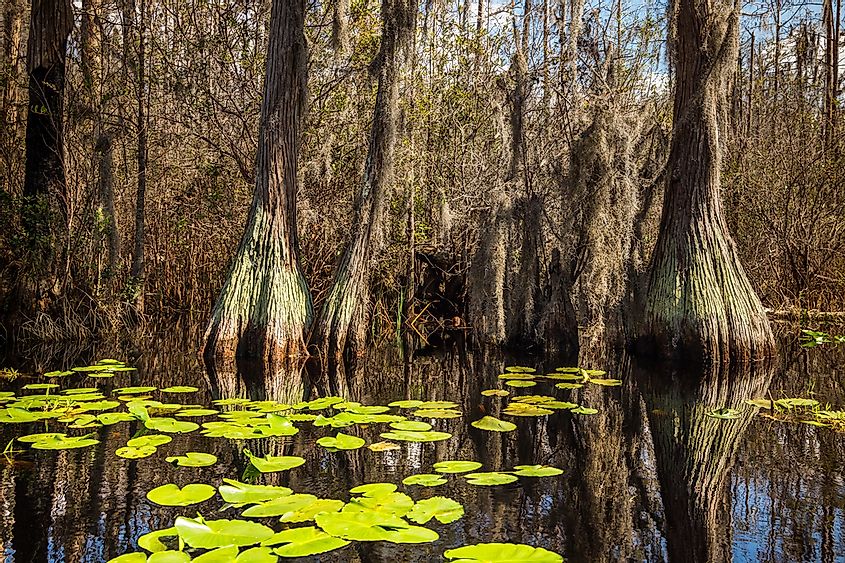
As you head south, hard clay gives way to sandy soil. After a visit to the Okefenokee National Wildlife Refuge, head toward the tranquility of the Georgia coast.
Savannah: Savannah, founded in 1733, is the oldest city in Georgia and lies on the Savannah River about 20 miles from the Atlantic. USA Weekend Magazine declared it one of the ten most beautiful places in America, and Conde Nast Traveler put it in their list of top ten U.S. cities to visit.
The historic district is laid out around 22 iconic squares. Remember the scenes in Forrest Gump where he’s waiting for the bus? Those were filmed on a bench in Chippewa Square (the actual bench was a prop and can be found in the Savannah History Museum). While you’re by the square, grab a coffee and check out some local art at Gallery Espresso.
Preserved historic cemeteries, churches and homes offer a real taste of the old South. Check out the Cathedral of St. John the Baptist and people watch at Forsyth Park. The fountain at the park dates back to 1858 and spouts green water on St. Patrick’s Day. Bonaventure Cemetery, with its atmospheric avenues of oak trees dripping Spanish moss, was made famous by the novel and film Midnight in the Garden of Good and Evil and is the final resting place of several local and notable historical figures from the 19th and 20th centuries. Civil War buffs should enjoy a tour of Old Fort Jackson and catch a daily firing of the cannon.
If you are a barbecue fan, stop by Angel’s BBQ. Locals love it and Travel Channel host Andrew Zimmern once tweeted that their BBQ bologna sandwich was the “sandwich of the month.” An episode of “Man vs. Food Nation” was also filmed there.
Then there is the famed River Street, accessible by vertigo-inducing stone stairs (you can also hunt down the elevator behind City Hall). Stroll along the cobblestone streets to check out the bars, restaurants and shops. If there is a festival going on, especially the St. Patrick’s Day celebration, it will be packed with partiers.
Plains: With the town motto of "Home of the 39th President of the United States" it's easy to tell that Plains is the birthplace of Georgia's most famous son, James Earl "Jimmy" Carter. The 19th president actually still lives in the city, and as seen in the 2007 documentary, Man from Plains, can be seen cycling through it's streets when he is not off building homes for the needy or working toward world peace.
Want to hear the president speak? Visitors can take in his public Sunday School classes at Maranatha Baptist Church held about two times per month.
The Islands
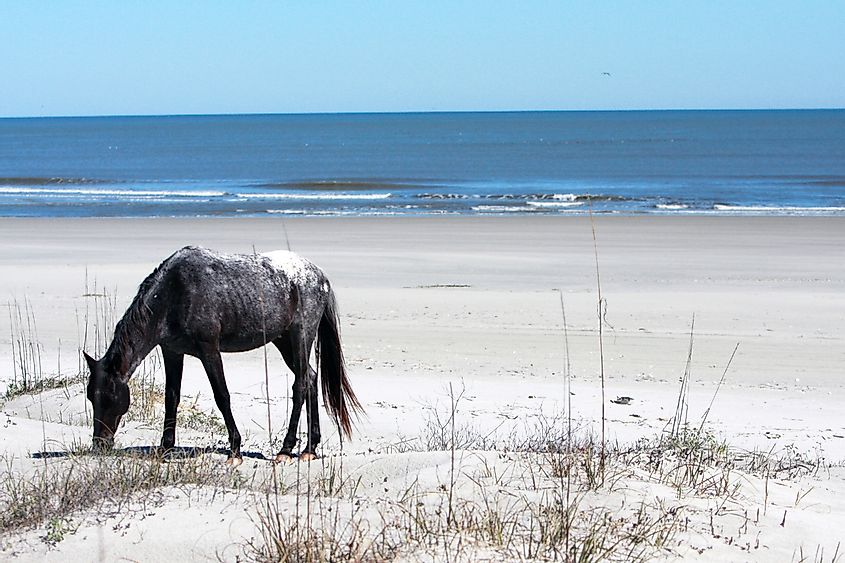
Georgia has several barrier islands positioned just miles into the Atlantic that are all worth a visit.
Visitors can stay on the popular Tybee Island, but it is also easily accessible as a day trip from Savannah. Both Jekyll and St. Simons Islands, about an hour and a half from Savannah, are linked to the mainland by causeway and accessible by car.
The wild horses and undeveloped beaches of Cumberland Island are part of the National Park Service. The island is only accessible by ferry and there is only one hotel, the pricey Greyfield Inn. Many visitors stay in St. Mary’s, the gateway from which you can catch the boat, and spend their days exploring the 9,800 acres of wilderness.
It is possible to camp, but visitors should make reservations for campsites and ferry tickets well in advance. Bring your own food and drink as there are no restaurants or shops on the island.







